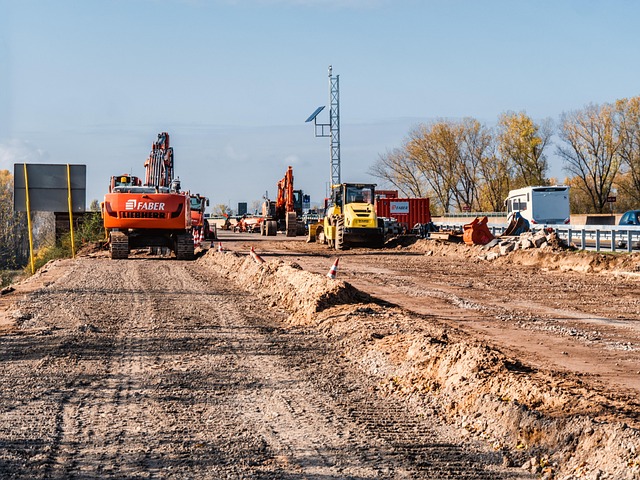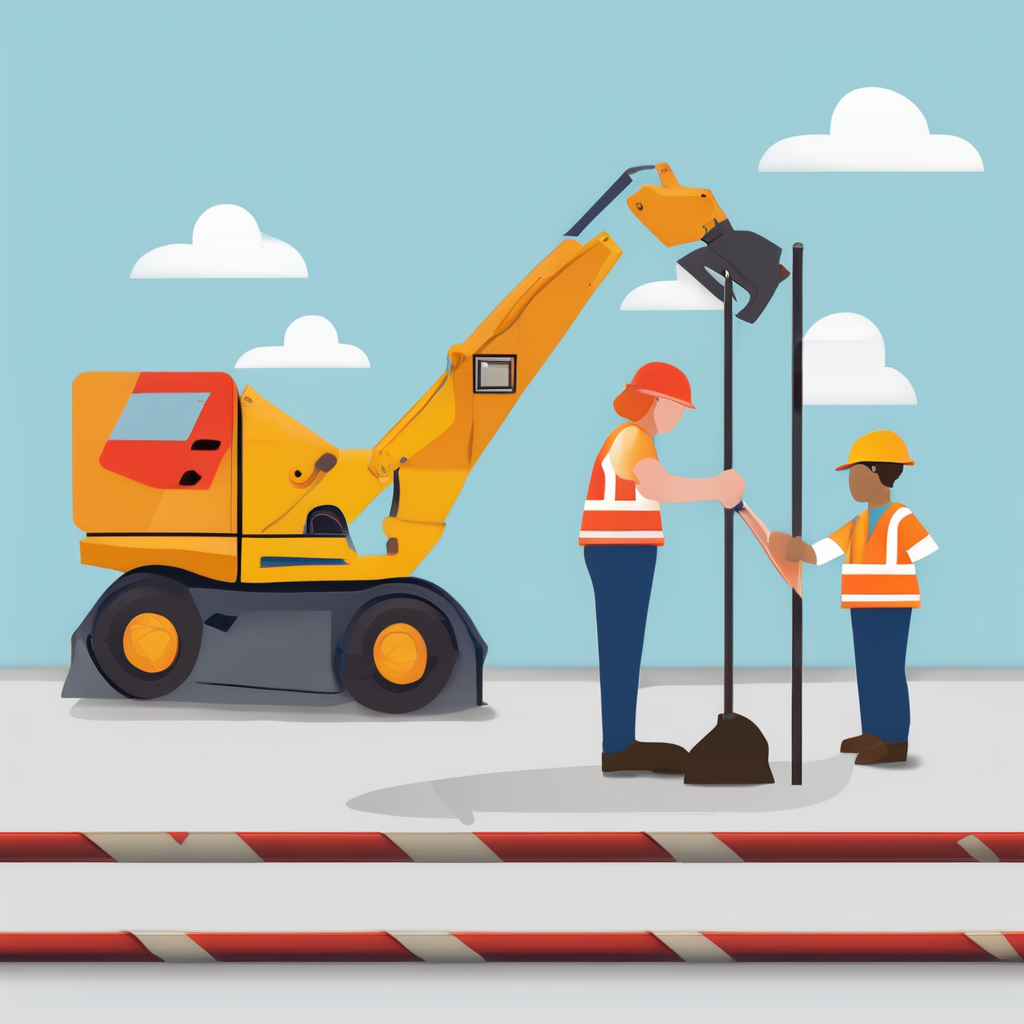Présentation
Découvrez plus sur la mission, valeurs et objectifs de Pole formation travaux publics.
Actu
Restez informés sur les dernières actualités et tendances dans le domaine des travaux publics.
Business
Améliorez votre rentabilité et réalisez vos objectifs grâce à nos conseils pratiques et stratégies efficaces.
Juridique
Soyez au fait des lois et réglementations qui régissent le domaine des travaux publics pour éviter des problèmes juridiques.
Management
Apprenez à gérer votre entreprise de manière efficace et à optimiser les performances de votre équipe.
Présentation de Pole formation travaux publics
Votre source principale pour tout ce qui touche au secteur de l’entreprise
Bienvenue sur Pole formation travaux publics, votre référence incontournable pour tout ce qui concerne le domaine de l’entreprise.

Focus sur les catégories clés
Nous vous proposons un aperçu des catégories les plus importantes telles que Actu, Business, Formation, Juridique, Management, Marketing et Services pour guider votre entreprise dans le secteur des travaux publics.
Actualités en temps réel
Notre site vous donne accès à des informations actualisées pour vous tenir informé des dernières tendances et des avancées dans le secteur des travaux publics.
Expertise juridique
Bénéficiez de conseils juridiques de qualité pour vous aider à naviguer dans les lois et règlements appliqués aux entreprises de travaux publics.
Gestion efficace
Améliorez vos compétences en management et découvrez des astuces pour optimiser la performance de votre entreprise.
Stratégies de marketing
Explorez des techniques de marketing innovantes pour promouvoir votre entreprise et accroître votre notoriété dans le secteur des travaux publics.

Nos services
Découvrez nos différents services pour booster votre entreprise dans le secteur des travaux publics.
Formations de pointe
Nos formations spécialisées permettent aux professionnels des travaux publics de développer leurs compétences et d’atteindre l’excellence.
Expertise en gestion
Grâce à nos conseils et formations en gestion, apprenez à optimiser vos stratégies pour un succès garanti dans le domaine des travaux publics.
Conseils juridiques
Notre équipe d’experts vous accompagne dans la compréhension des réglementations pour une gestion sereine et conforme dans le secteur des travaux publics.

Des ressources de formation complètes
Nous offrons des ressources de formation complètes pour former vos employés sur les aspects clés de votre entreprise.
Actualités à jour
Restez informé des dernières nouvelles et tendances dans le domaine des travaux publics grâce à nos mises à jour régulières.
Analyses juridiques expertes
Profitez de nos analyses juridiques expertes pour naviguer avec succès dans les règlementations et lois complexes du secteur des travaux publics.
Management efficace
Découvrez des stratégies de gestion efficaces pour maximiser votre productivité et l’efficacité de votre entreprise.
Marketing réussi
Apprenez à promouvoir votre entreprise avec succès et à atteindre de nouveaux clients grâce à nos conseils en marketing spécialisés.
Notre expertise au service du secteur des travaux publics
Découvrez nos projets de référence
Notre sélection de projets
Devenez un acteur majeur du secteur des travaux publics
Des projets variés et reconnus
Une véritable expérience pour nos stagiaires
Des formations adaptées aux enjeux du secteur
Des professionnels hautement qualifiés à votre service
Rejoignez-nous
Découvrez les informations les plus récentes pour rester à la pointe du secteur des travaux publics.
Articles récents

Le bachelor management à Paris : une passerelle vers le succès
En quête d’une formation solide en management qui vous[…]

Solution d’énergie nomade : vos options pour vivre librement
Disposer d’une source d’énergie nomade transforme la liberté en[…]

Choisissez la meilleure école de commerce à paris et en france
Choisir la meilleure école de commerce à Paris ou[…]

Offrez un livre d’or personnalisé pour des souvenirs inoubliables
Offrir un livre d’or personnalisé ne se limite pas[…]

Organisation de séminaire d’entreprise : conseils et succès garantis
Organiser un séminaire d’entreprise requiert une planification rigoureuse et[…]

Maîtriser le taux de rendement synthétique pour un rendement optimal
Comprendre et maîtriser le taux de rendement synthétique (TRS)[…]

Où trouver des brumisateurs à louer pour vos chantiers ?
Trouver des brumisateurs à louer pour vos chantiers facilite[…]

Juri’predis : l’ia au service des professionnels du droit
Juri’Predis révolutionne le travail des professionnels du droit en[…]

Pourquoi engager un consultant en marketing digital ?
Un consultant en marketing digital guide les entreprises vers[…]

Profitez des meilleures offres de fournitures scolaires en promo
Profitez dès maintenant des meilleures offres de fournitures scolaires[…]

Helly hansen chaussures de sécurité : robustesse et confort assurés
Helly Hansen allie robustesse et confort dans ses chaussures[…]

Cours d’arabe en ligne : apprenez facilement à votre rythme
Apprendre l’arabe en ligne devient accessible grâce à des[…]

Les tubes pétroliers : votre allié pour l’innovation gazière
Les tubes pétroliers jouent un rôle fondamental dans le[…]

Maîtrisez l’analyse de log seo pour optimiser votre site
L’analyse des logs SEO révèle précisément comment les moteurs[…]

Inscrivez-vous à l’école isen méditerranée pour les ingénieurs
Rejoindre l’école ISEN Méditerranée ouvre la voie à une[…]

Location de livre d’or personnalisé : créez des souvenirs uniques
Louer un livre d’or personnalisé transforme vos événements en[…]

Découvrez l’école des ingénieurs du numérique à isen méditerranée
ISEN Méditerranée forme des ingénieurs experts du numérique grâce[…]
Comment sélectionner le candidat idéal : 6 critères essentiels à considérer
Compréhension des critères de sélection En matière de processus[…]
L’Intelligence Artificielle : Un Atout Incontournable pour la Surveillance Concurrentielle
Le rôle de l’intelligence artificielle dans la surveillance concurrentielle[…]
Impact du Talent Management sur la Performance de l’Entreprise : Une Analyse Profonde
Définition et composantes du Talent Management Le Talent Management[…]
L’Impact Révolutionnaire du Numérique sur le Commerce Moderne
Les Transformations Clés du Commerce à l’Ère Numérique À[…]
